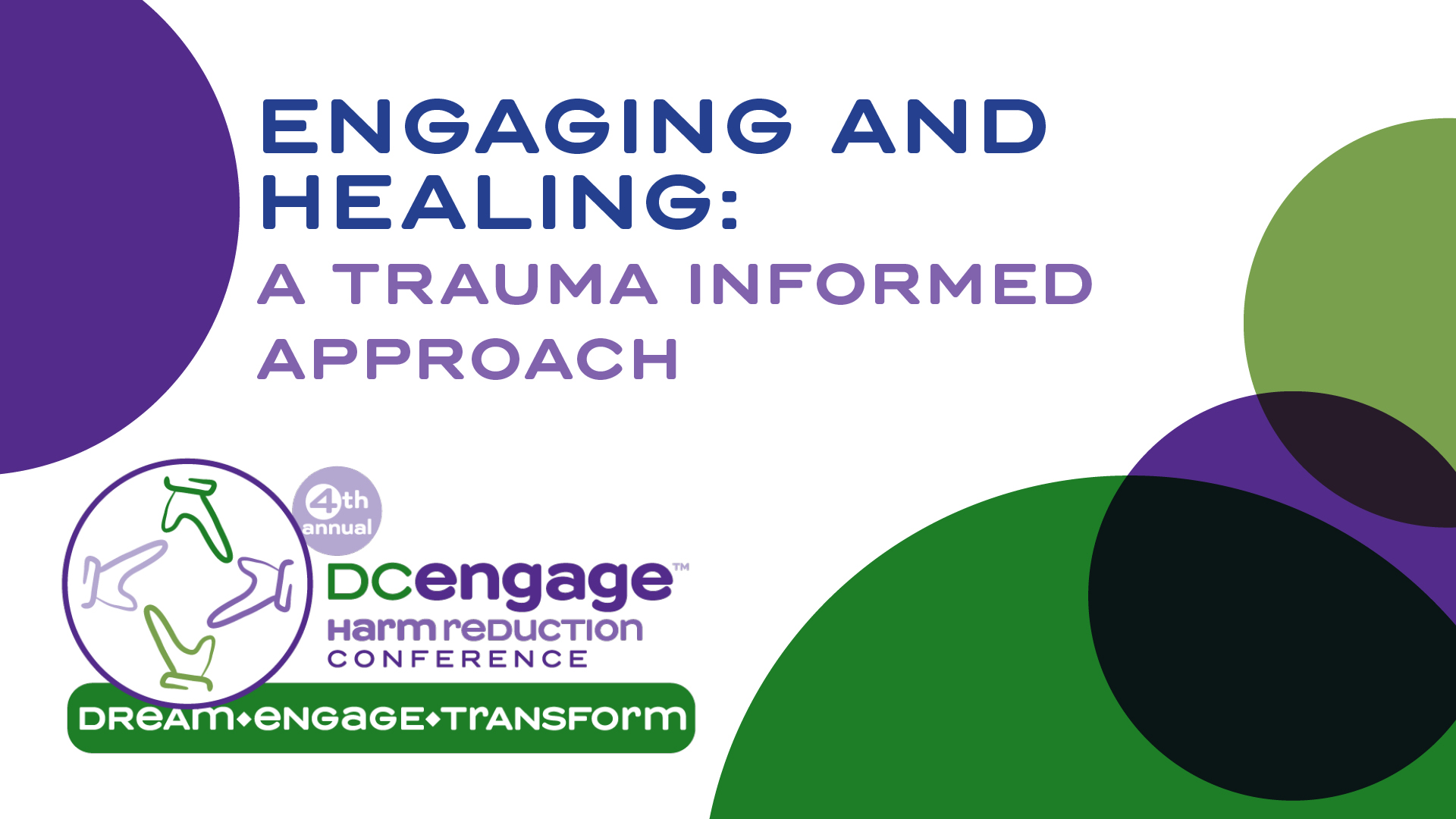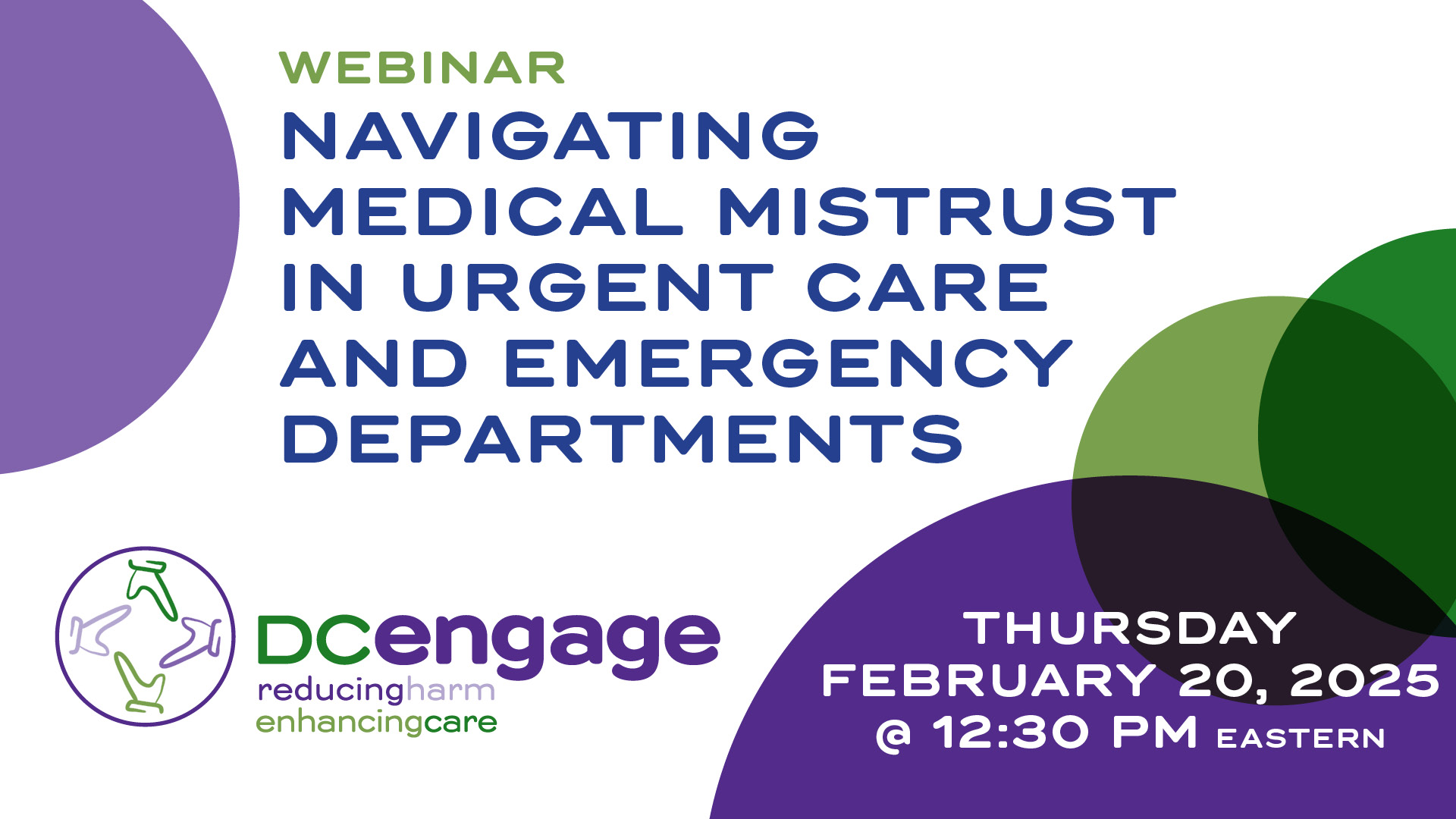
Engaging and Healing: A Trauma Informed Approach
April 1, 2025This session provides an in-depth exploration of trauma-informed care, emphasizing the importance of recognizing trauma’s pervasive impact and integrating responsive practices. Participants will gain insights into fostering trust, promoting safety, and empowering individuals through culturally sensitive, evidence-based approaches that prioritize healing and resilience.

Navigating Medical Mistrust in Urgent Care and Emergency Departments
February 20, 2025This webinar will address the critical issue of medical mistrust among individuals who use drugs, especially within the high-stress environments of emergency departments and urgent care centers. Many people who use drugs face unique barriers to receiving compassionate, non-judgmental care in these settings, often due to past experiences of discrimination, stigmatization, and misunderstanding.
Shifting Perspectives: The Dynamics of Bias in Individuals and Systems
February 12, 2025In this course, participants will embark on a journey to uncover the layers of bias that exist within individuals and systems, going beyond surface-level observations to understand the underlying mechanisms at play.
Re-Envisioning Sexual History Taking
January 22, 2025This self-paced learning module will focus on the application of the 6 P’s of sexual history taking, identify strategies to overcome barriers to comprehensive history gathering, and emphasize the importance of cultural awareness and humility in ensuring an inclusive approach for all patients.
The HIV-STI Nexus: Exploring the Hidden Connection
December 17, 2024The HIV-STI Nexus: Exploring the Hidden Connection session addresses how STIs can increase susceptibility to HIV and vice versa, making comprehensive screening essential for effective prevention and treatment. Experts will discuss the latest research on co-infection risks, the impact on patient health, and best practices for integrated screening and care.

The Heart of the Matter: Cardiovascular Health in People Living with HIV
November 7, 2024This webinar will provide a comprehensive overview of cardiovascular disease (CVD) risk among people living with HIV and the underlying factors contributing to this risk. Participants will learn about current risk prediction tools available for assessing CVD risk in people living with HIV, as well as the findings and implications of the REPRIEVE trial.
Strategies for HIV Testing and Linkage to Care for People Experiencing Homelessness (PEH)
September 18, 2024This webinar will discuss the critical challenges and strategies involved in screening, diagnosing, and linking people experiencing homelessness to appropriate HIV care.
Best Practices for Youth: Transition to Care, Cultural Competence & Communication
August 6, 2024This webinar will explore strategies for successfully transitioning youth living with HIV to adult care, highlighting the importance of cultural competency and effective communication to this process.
Screening, Diagnosis, and Linkage to Care to Improve Longitudinal Care for Opioid Use Disorder and Stimulant Use Disorder
July 22, 2024This webinar discusses strategies to increase and improve clinicians’ capacity to provide care for people with OUD and substance use disorder (StUD), increase linkage to care and engagement across various settings, and increase equitable delivery and access to care/services among people who use drugs, as well as those previously underserved by overdose prevention programs.
Equitable Care: Empowering Clinicians in Pain Management for OUD and SUD Populations
June 17, 2024This module provides a comprehensive understanding of pain management in individuals with Opioid Use Disorder (OUD) and Substance Use Disorder (SUD), through exploring the physiological and psychological implications of these disorders on pain perception and management; challenges may include balancing pain relief with the risk of addiction, addressing stigma and discrimination, and navigating complex medication regimens.
DC Engage 3rd Annual Harm Reduction Conference
June 3, 2024This content was originally presented at the 3rd annual DC Engage Harm Reduction Conference in Washington, DC. Review the content at your own pace.

Public Health Partnerships: Integrating Harm Reduction into Public Health Initiatives
May 7, 2024This webinar will introduce the concept of harm reduction and its critical role in public health initiatives, especially those focused on HIV prevention and care. The faculty will discuss the evolution of HIV services and strategies for integrating innovative harm reduction approaches into these initiatives.

